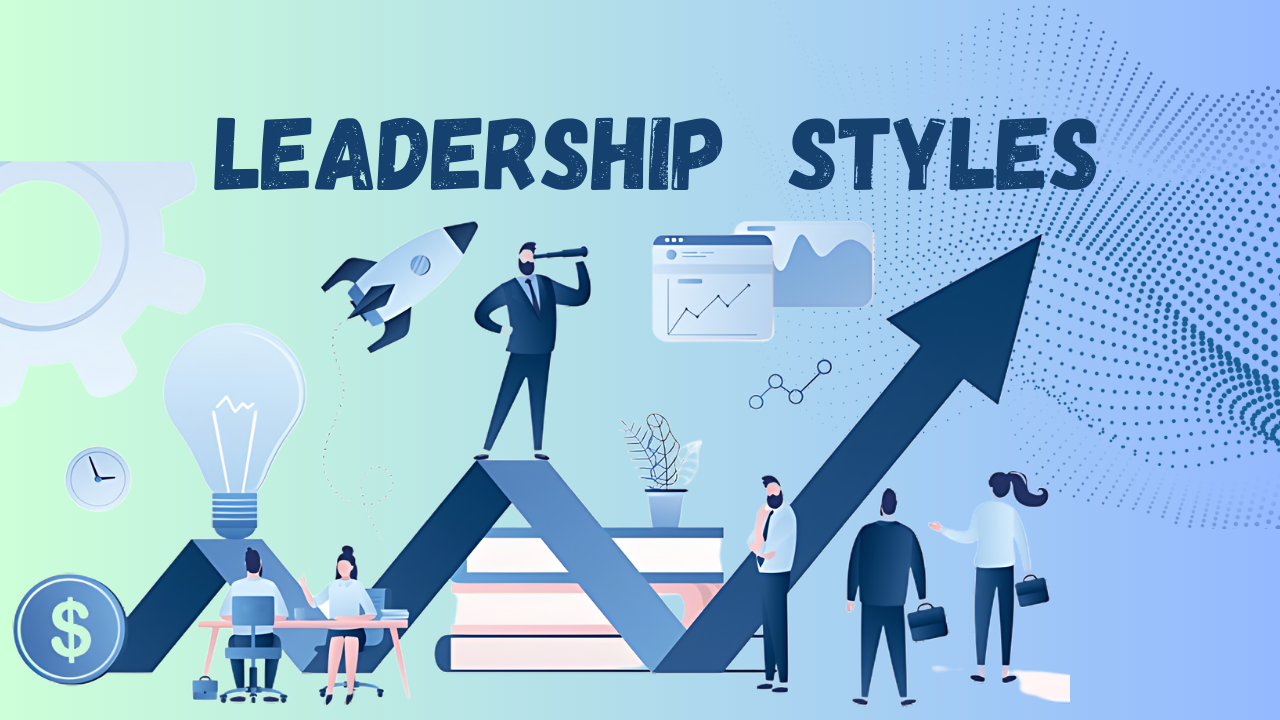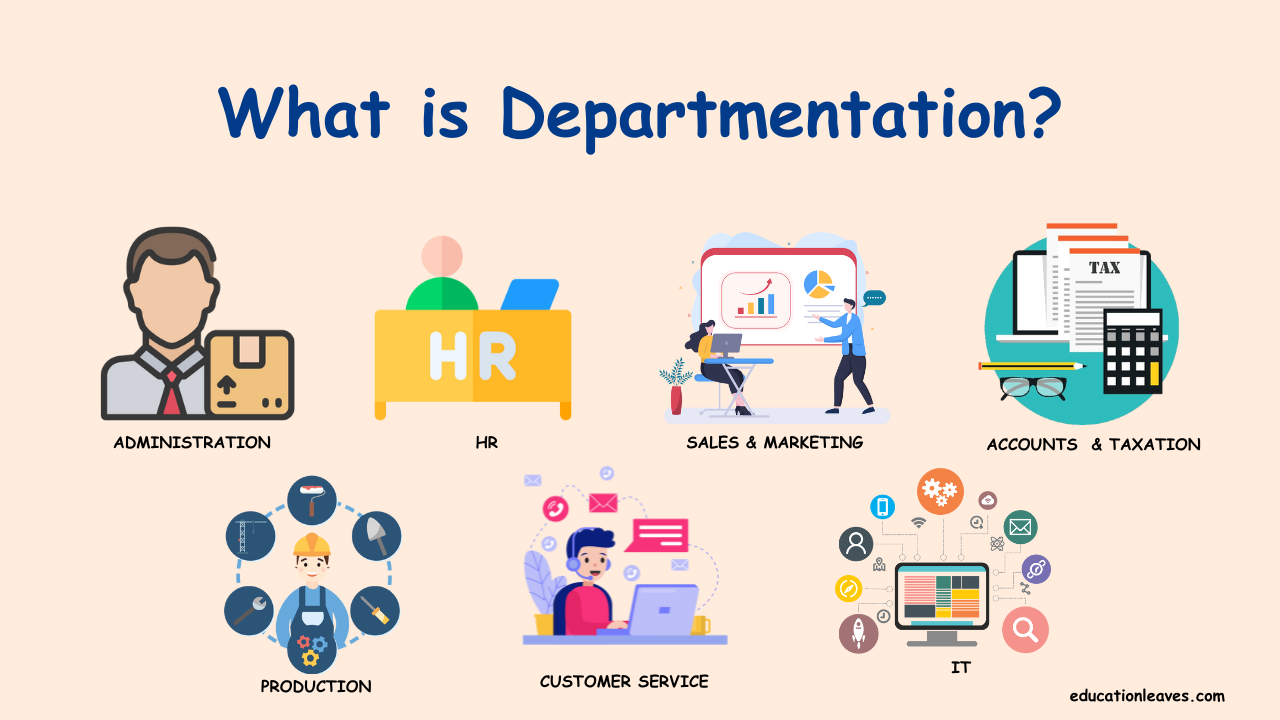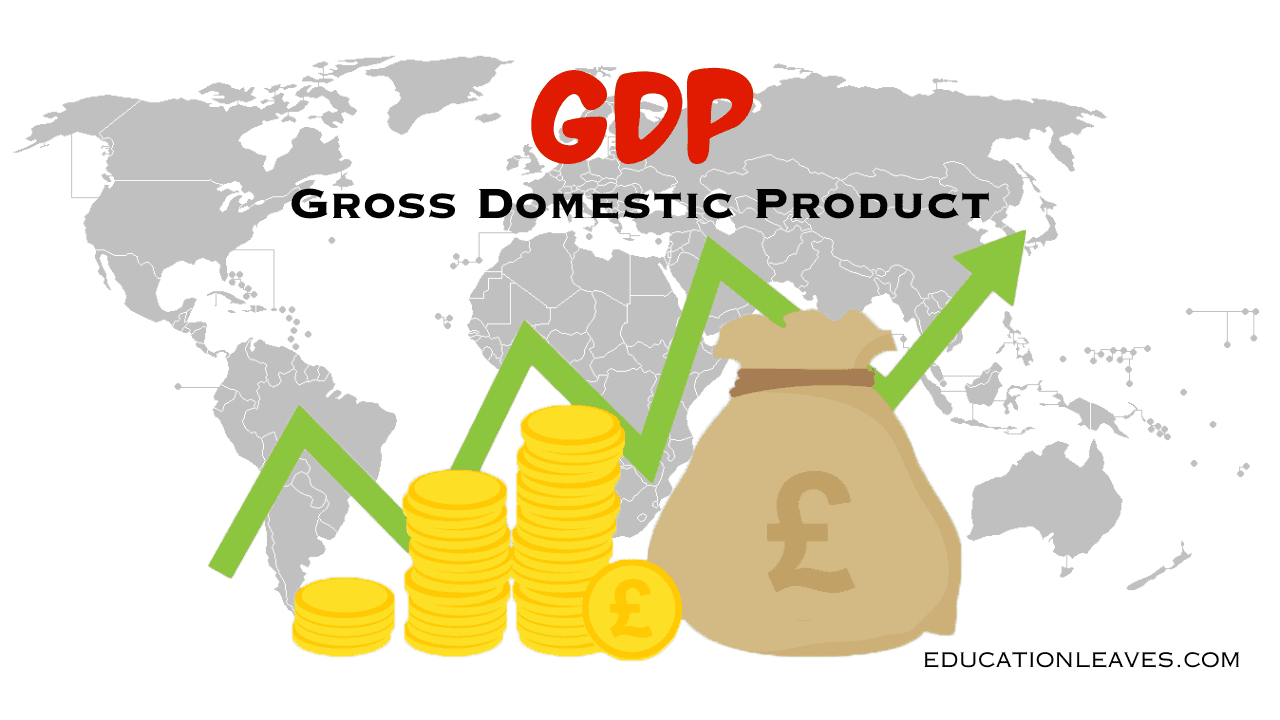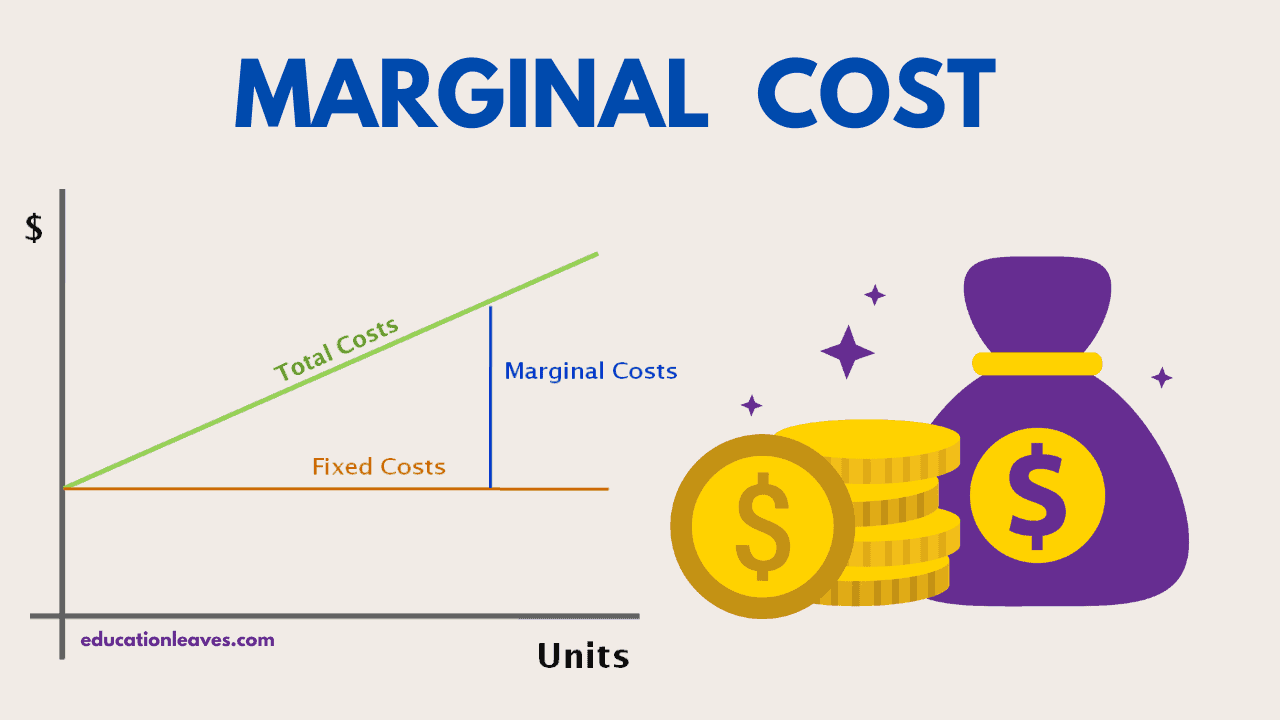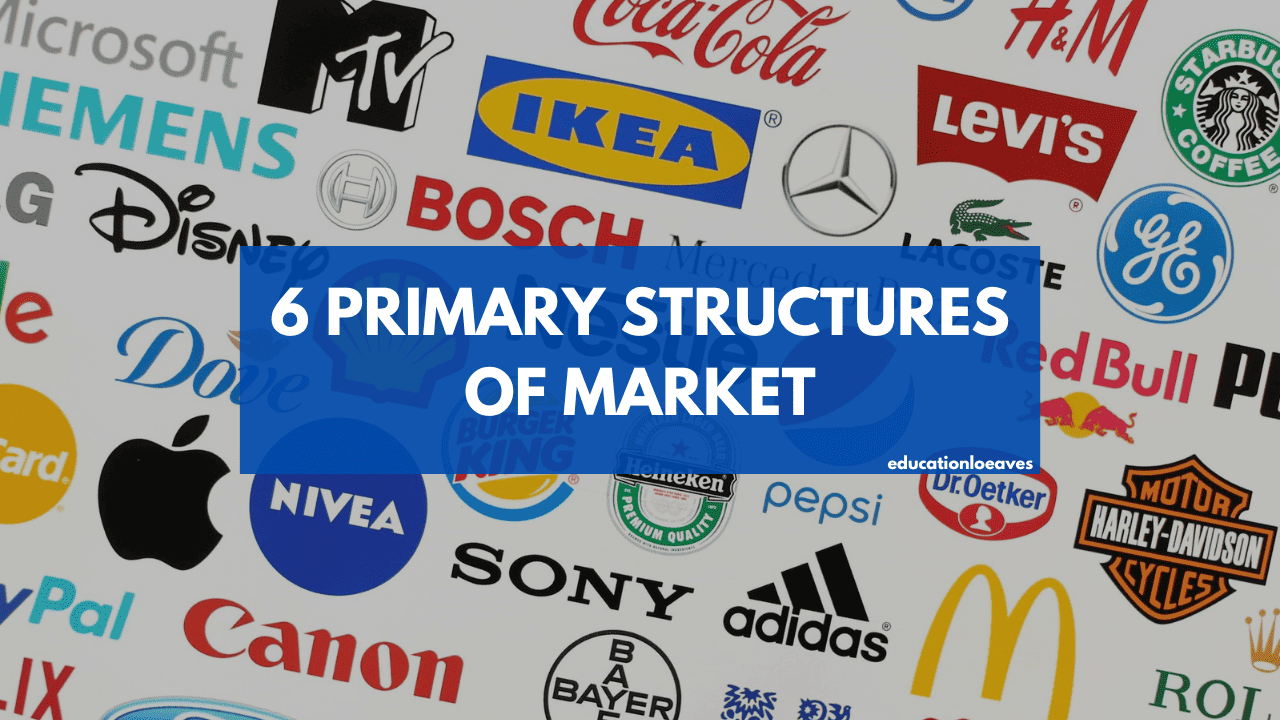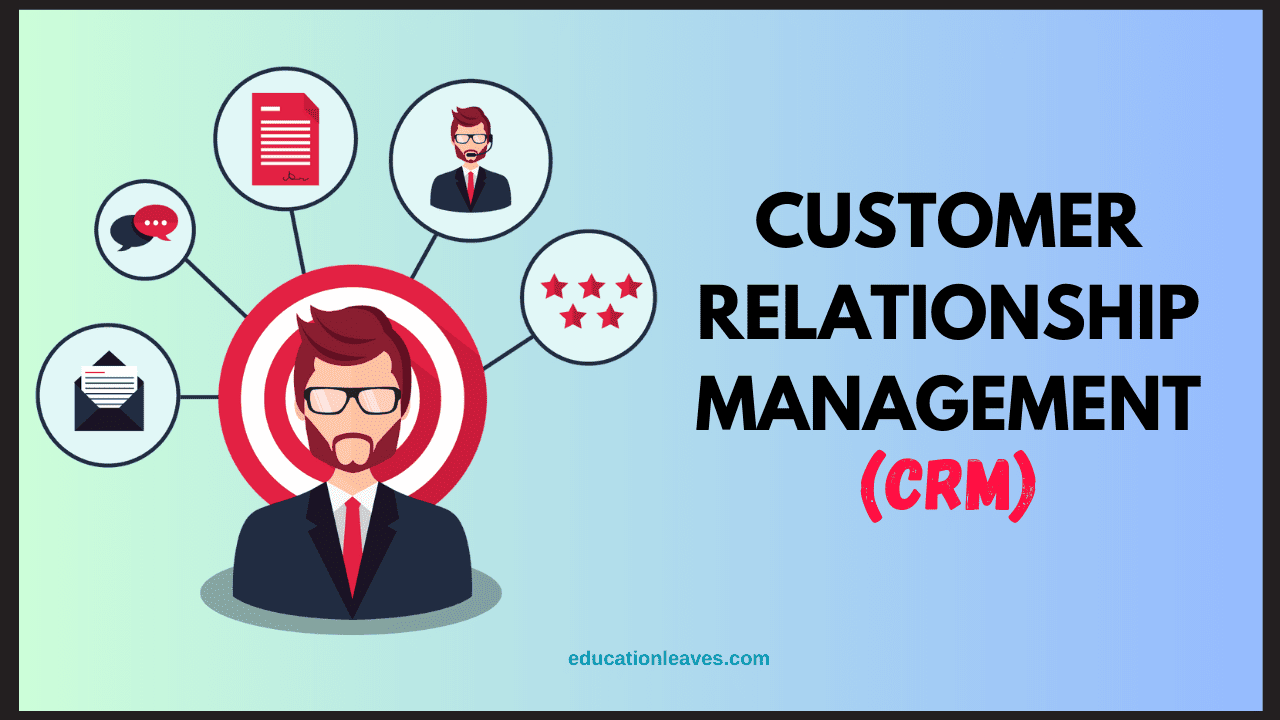What is Leadership Style? (PDF Inside) Key Elements of Leadership Style, Common Leadership Styles and Why it matters
Leadership style refers to the characteristic way a leader behaves to influence, motivate, and guide their team. It encompasses the leader’s methods of providing direction, implementing plans, and getting things done through others. There’s no single “best” style, as an effective leader will adapt their approach based on the situation, team dynamics, and their own strengths.

